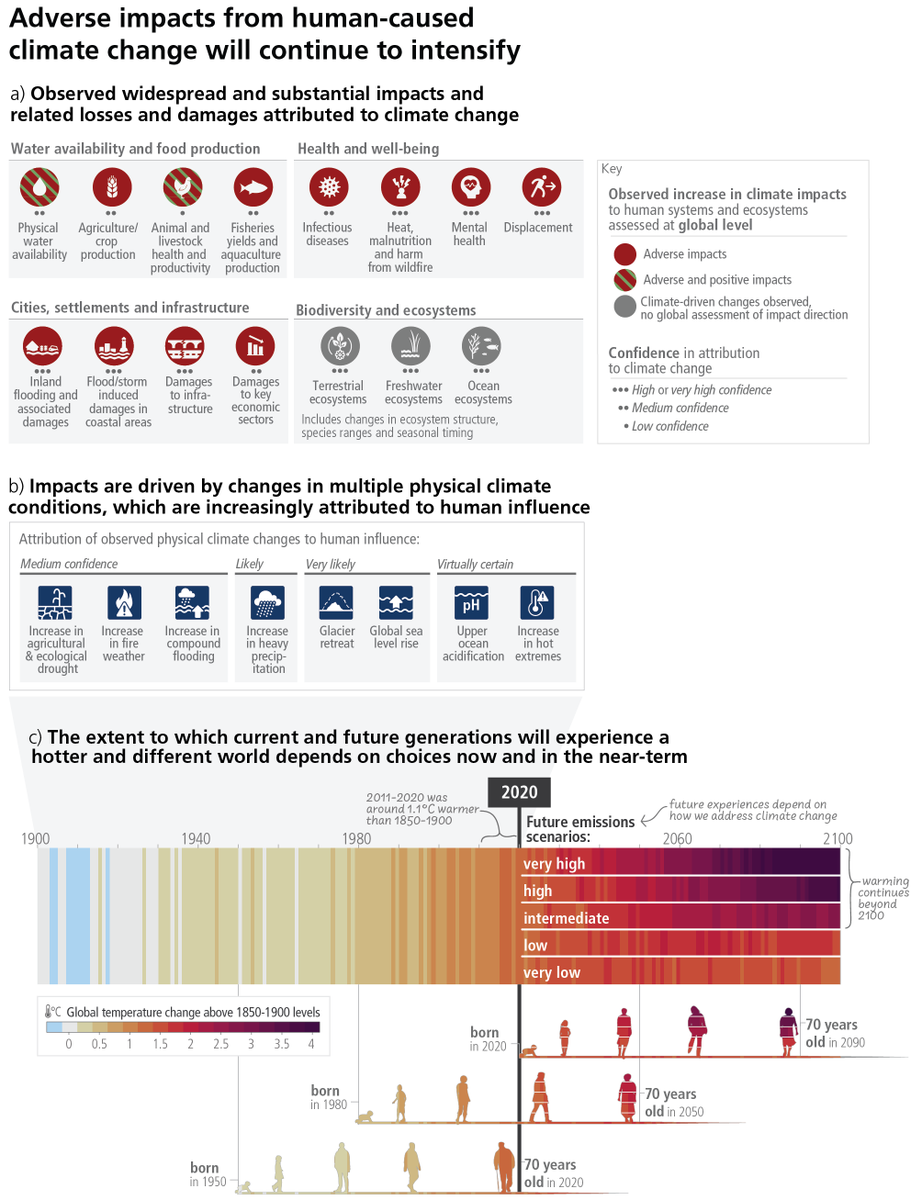Pretty sure that POL, HUN & CZE will agree on EU net-zero GHG target - eventually.
But maybe not today, because w/o general agreement on EU budget 2021-2027 (expected only in 2020) they can't get the financial guarantees they demand
uk.reuters.com/article/us-cli…
#EUCO #ClimateNeutralEU
But maybe not today, because w/o general agreement on EU budget 2021-2027 (expected only in 2020) they can't get the financial guarantees they demand
uk.reuters.com/article/us-cli…
#EUCO #ClimateNeutralEU
Beyond financial compensation (Just Transition Fund & other perks in EU budget 2021-27) POL/HUN/CZE might get assurance that not every country needs to reach net zero. But do others (like FRA & GER) really want to go net negative?
swp-berlin.org/en/publication…
#EUCO #ClimateNeutralEU
swp-berlin.org/en/publication…
#EUCO #ClimateNeutralEU
Here's how such a compromise on #ClimateNeutralEU could be expressed in #EUCO language.
Draft text will evolve during the evening and night. To be able to conclude contentious negotiations, governments use 'construcitve ambiguity' (agree now and find out what it means next year)
Draft text will evolve during the evening and night. To be able to conclude contentious negotiations, governments use 'construcitve ambiguity' (agree now and find out what it means next year)

• • •
Missing some Tweet in this thread? You can try to
force a refresh
















